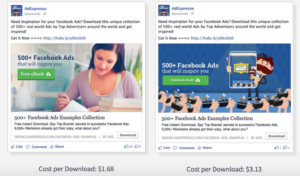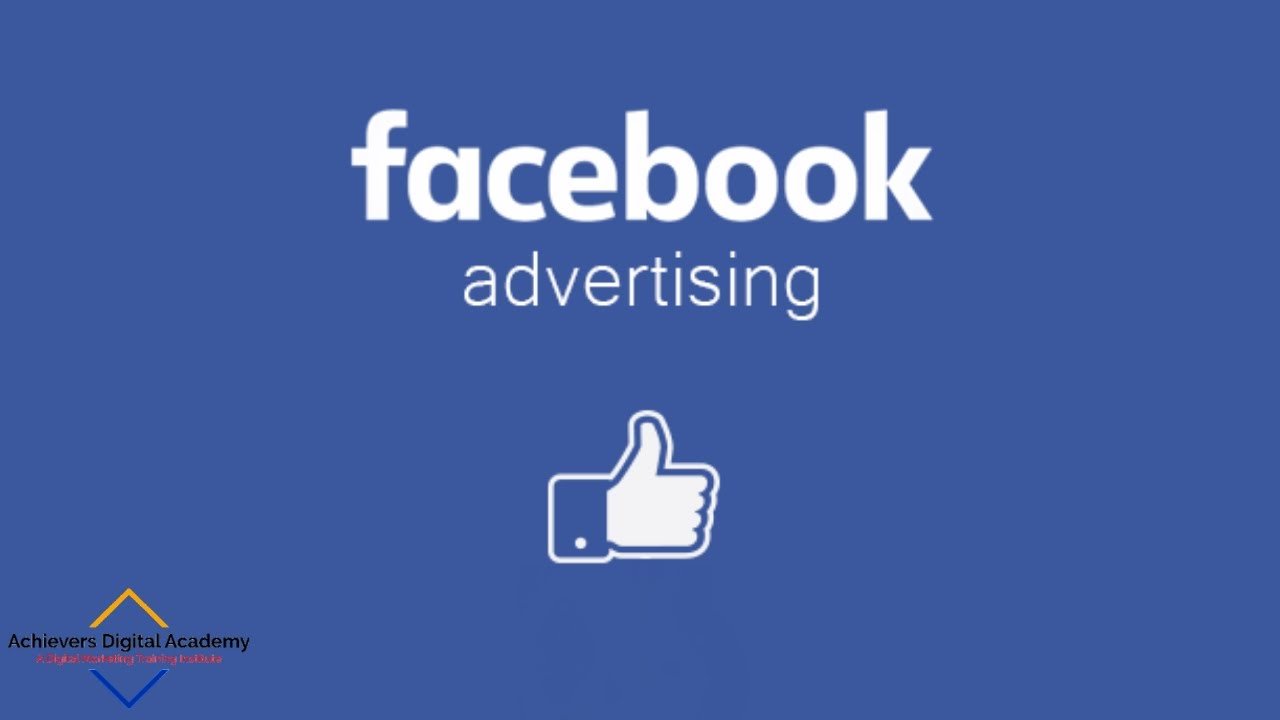Introduction.
This guide breaks down the problem, identifies key factors, and provides a step-by-step plan to maximize your budget’s impact. Whether you’re aiming for brand awareness, traffic, or sales, this solution-based approach will help you achieve results.
Breaking Down the Problem.
The question “Is $100 enough for Facebook ads?” involves several key components:
- Budget Sufficiency: Understanding whether $100 can achieve meaningful results based on campaign goals (e.g., brand awareness, lead generation, or sales).
- Ad Platform Dynamics: Grasping how Facebook’s advertising system (now Meta Ads) works, including auction-based pricing, audience targeting, and performance metrics.
- Campaign Goals: Defining what success looks like—clicks, impressions, conversions, or engagement—and how budget impacts these outcomes.
- Audience and Market Factors: Considering the target audience size, competition, and industry-specific costs.
- Ad Creative and Strategy: Evaluating the role of ad quality, creative assets, and optimization in maximizing a limited budget.
Common Causes of the Issue.
Clients often wonder about budget sufficiency due to:
- Lack of Clarity on Goals: Without clear objectives, it’s hard to gauge whether $100 aligns with expectations.
- Misunderstanding Platform Costs: Facebook’s cost-per-click (CPC) or cost-per-thousand-impressions (CPM) varies by industry, audience, and ad quality, leading to unrealistic budget expectations.
- Inadequate Audience Targeting: Broad or poorly defined audiences can waste budget on irrelevant users.
- Low-Quality Ad Creatives: Poor visuals, weak copy, or irrelevant messaging reduce ad effectiveness, requiring higher budgets to compensate.
- High Competition: In competitive industries (e.g., e-commerce, finance), higher bids are needed to secure ad placements.
Consequences of Not Addressing the Issue:
Failing to assess whether $100 is sufficient or to optimize its use can lead to:
- Wasted Budget: Spending $100 on poorly targeted or low-quality ads yields minimal results, eroding trust in advertising.
- Missed Opportunities: Ineffective campaigns fail to generate leads, sales, or brand visibility, allowing competitors to capture market share.
- Poor ROI: Without optimization, the return on ad spend (ROAS) may be negligible, discouraging future investment.
- Misaligned Expectations: Clients may abandon Facebook ads, believing they don’t work, when the issue is poor strategy or insufficient budget.
Actionable Step-by-Step Solution:
Here’s a practical guide to determine if $100 is enough for Facebook ads and how to maximize its impact:
Step 1: Define Clear Campaign Goals.
- Action: Identify the primary objective (e.g., brand awareness, website traffic, lead generation, or sales). Use SMART goals (Specific, Measurable, Achievable, Relevant, Time-bound).
- Example: A local bakery wants to drive 50 in-store visits in one week using a $100 budget.
- Tool: Use Meta Ads Manager’s campaign objective selector to align your goal with available ad formats (e.g., Traffic, Engagement, Conversions).
Step 2: Research Industry Benchmarks.
- Action: Investigate average CPC and CPM for your industry to estimate how far $100 will go. Use resources like WordStream or Meta’s Ad Library for insights.
- Data: As of 2025, average CPC on Facebook ranges from $0.50 (e-commerce) to $3.00 (finance). For a $100 budget, this translates to 33–200 clicks, depending on the industry.
- Tool: Access Meta’s Audience Insights to analyze audience size and cost estimates for your target demographic.
Step 3: Optimize Audience Targeting.
- Action: Narrow your audience to a specific demographic, location, or interest group to improve relevance and reduce costs. Aim for an audience size of 50,000–500,000 for small budgets.
- Example: A fitness coach targeting women aged 25–45 interested in yoga in a specific city will see better results than a broad “all adults” audience.
- Tool: Use Meta’s Detailed Targeting options to refine your audience. Test Lookalike Audiences based on existing customers for better performance.
Step 4: Create High-Quality Ad Creatives.
- Action: Design compelling visuals and copy that resonate with your audience. Use clear calls-to-action (CTAs) like “Shop Now” or “Learn More.” Test multiple ad variations (e.g., image vs. video ads).
- Tip: Videos often have higher engagement rates (5–10% vs. 2–3% for images) and can stretch a small budget further.
- Tool: Use Canva or Adobe Express for free or low-cost ad design. Leverage Meta’s Dynamic Creative to test multiple ad elements automatically.
Step 5: Set Up a Campaign with a $100 Budget.
- Action: Allocate your $100 budget strategically:
- Duration: Run the campaign for 5–7 days to gather sufficient data (e.g., $14–$20/day).
- Bidding Strategy: Use Cost Cap or Lowest Cost bidding to maximize results within your budget.
- Ad Sets: Create 1–2 ad sets with different audiences or creatives to compare performance.
- Example: A boutique allocates $50 to a “Traffic” campaign for website visits and $50 to an “Engagement” campaign for post interactions, testing both over 5 days.
- Tool: Meta Ads Manager for campaign setup and budget allocation.
Step 6: Monitor and Optimize Performance.
- Action: Check campaign metrics daily in Meta Ads Manager. Focus on key performance indicators (KPIs) like CTR (click-through rate), CPC, and ROAS. Pause underperforming ads and reallocate budget to top performers.
- Tip: Aim for a CTR above 1% and a CPC below industry averages. If results are poor, tweak audience targeting or creative elements.
- Tool: Use Meta’s Reporting Dashboard to track metrics and identify trends.
Step 7: Evaluate Results and Scale.
- Action: After the campaign, assess whether $100 met your goals. Calculate ROAS (e.g., if $100 generated $300 in sales, ROAS is 3:1). If successful, consider increasing the budget for greater reach.
- Example: A pet store’s $100 campaign generates 50 clicks at $2 CPC, resulting in 5 sales worth $150. The ROAS of 1.5:1 suggests potential for scaling with improved targeting.
Real-World Case Study

Case Study: A small coffee shop in Austin, Texas, wanted to promote a new seasonal drink with a $100 Facebook ad budget. They followed these steps:
- Goal: Drive 100 in-store visits in 7 days.
- Targeting: Women and men aged 18–35 within a 5-mile radius, interested in coffee and local events (audience size: 80,000).
- Creative: A 15-second video ad showcasing the drink with a “Visit Us Today!” CTA.
- Budget: $14/day for 7 days, using a Traffic objective with Lowest Cost bidding.
- Results: The campaign achieved 2,500 impressions, 120 clicks (CPC: $0.83), and 30 in-store visits (tracked via a coupon code). While short of the 100-visit goal, the campaign provided valuable data, leading to a follow-up $200 campaign that hit the target.
Additional Tips to Prevent Future Issues.
- Start Small and Test: Use $100 as a test budget to learn what works before scaling up.
- Leverage Organic Content: Boost high-performing organic posts to maximize budget efficiency.
- Use Retargeting: Create campaigns to re-engage website visitors or past customers, as these audiences often convert at lower costs.
- Stay Updated: Monitor Meta’s ad platform updates and industry trends to adapt strategies.
- Invest in Learning: Use free resources like Meta Blueprint or HubSpot’s digital marketing courses to improve ad skills.
Next Steps and Call to Action.
- Set Up Your Campaign Today: Log into Meta Ads Manager, define your goal, and launch a $100 test campaign using the steps above.
- Monitor Daily: Check performance metrics and adjust targeting or creatives as needed.
- Learn from Results: Use insights from your $100 campaign to inform future ad strategies.
- Act Now: Don’t let indecision stall your marketing efforts. A well-optimized $100 campaign can deliver measurable results and set the stage for growth. Start your campaign today to reach your audience and drive results!
Problem Breakdown.
-
Budget Sufficiency: Can $100 deliver meaningful results based on your goals?
-
Ad Platform Dynamics: Understand Facebook’s auction system, CPC, and CPM.
-
Campaign Goals: Define specific, measurable objectives.
-
Audience Factors: Target size, competition, and industry costs impact results.
-
Ad Creative: Quality visuals and copy are critical for success.
Common Causes:
-
Unclear goals leading to misaligned expectations.
-
Misunderstanding platform costs (e.g., CPC ranges from $0.50–$3.00).
-
Broad or poorly targeted audiences wasting budget.
-
Low-quality creatives reducing ad effectiveness.
-
High competition in certain industries driving up costs.
Consequences of Inaction:
-
Wasted budget with minimal results.
-
Missed opportunities to capture leads or sales.
-
Poor return on ad spend (ROAS).
-
Misconceptions about the effectiveness of Facebook ads.
Step-by-Step Solution:
Step 1: Define Clear Campaign Goals.
-
Set a SMART goal (e.g., “Drive 50 in-store visits in 7 days”).
-
Use Meta Ads Manager’s objective selector to align with your goal.
Step 2: Research Industry Benchmarks.
-
Check average CPC/CPM for your industry (e.g., $0.50 for e-commerce, $3.00 for finance).
-
Use Meta’s Audience Insights to estimate audience size and costs.
Step 3: Optimize Audience Targeting.
-
Narrow your audience to 50,000–500,000 people based on demographics, interests, or location.
-
Test Lookalike Audiences for better performance.
Step 4: Create High-Quality Ad Creatives.
-
Design compelling visuals and copy with clear CTAs.
-
Use videos for higher engagement (5–10% vs. 2–3% for images).
-
Tools: Canva, Adobe Express, Meta’s Dynamic Creative.
Step 5: Set Up a Campaign.
-
Allocate $100 over 5–7 days ($14–$20/day).
-
Use Cost Cap or Lowest Cost bidding.
-
Create 1–2 ad sets to test audiences or creatives.
Step 6: Monitor and Optimize.
-
Track KPIs (CTR, CPC, ROAS) in Meta Ads Manager.
-
Pause underperforming ads and reallocate budget.
-
Aim for CTR >1% and CPC below industry averages.
Step 7: Evaluate and Scale.
-
Calculate ROAS (e.g., $100 spend for $300 sales = 3:1 ROAS).
-
Use insights to inform future campaigns or increase budget.
Case Study: Coffee Shop Campaign.
A coffee shop in Austin used a $100 budget to promote a seasonal drink:
-
Goal: 100 in-store visits in 7 days.
-
Targeting: 18–35-year-olds within 5 miles, interested in coffee (80,000 audience).
-
Creative: 15-second video ad with “Visit Us Today!” CTA.
-
Budget: $14/day for 7 days, Traffic objective.
-
Results: 2,500 impressions, 120 clicks ($0.83 CPC), 30 visits. Insights led to a successful $200 follow-up campaign.
Prevention Tips.
-
Test small budgets before scaling.
-
Boost organic posts to stretch budget.
-
Use retargeting for cost-effective conversions.
-
Stay updated with Meta’s platform changes.
-
Learn from free resources like Meta Blueprint.
Next Steps.
-
Launch a $100 test campaign in Meta Ads Manager.
-
Monitor daily and optimize based on performance.
-
Use results to plan future campaigns.
-
Act Now: Start your campaign today to drive results and grow your business!
